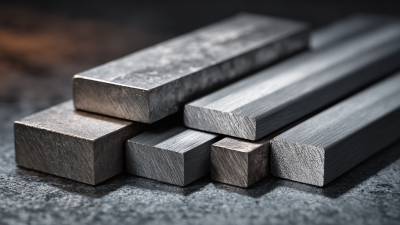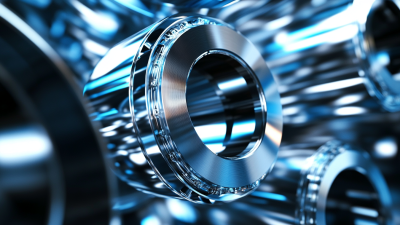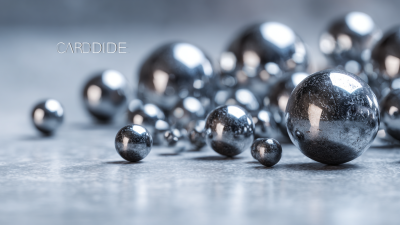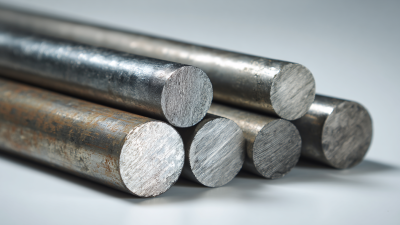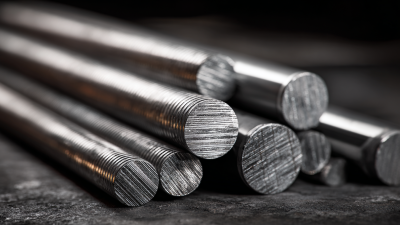Leave your message now to get your free sample and discount price
Leave your message now to get your free sample and discount price
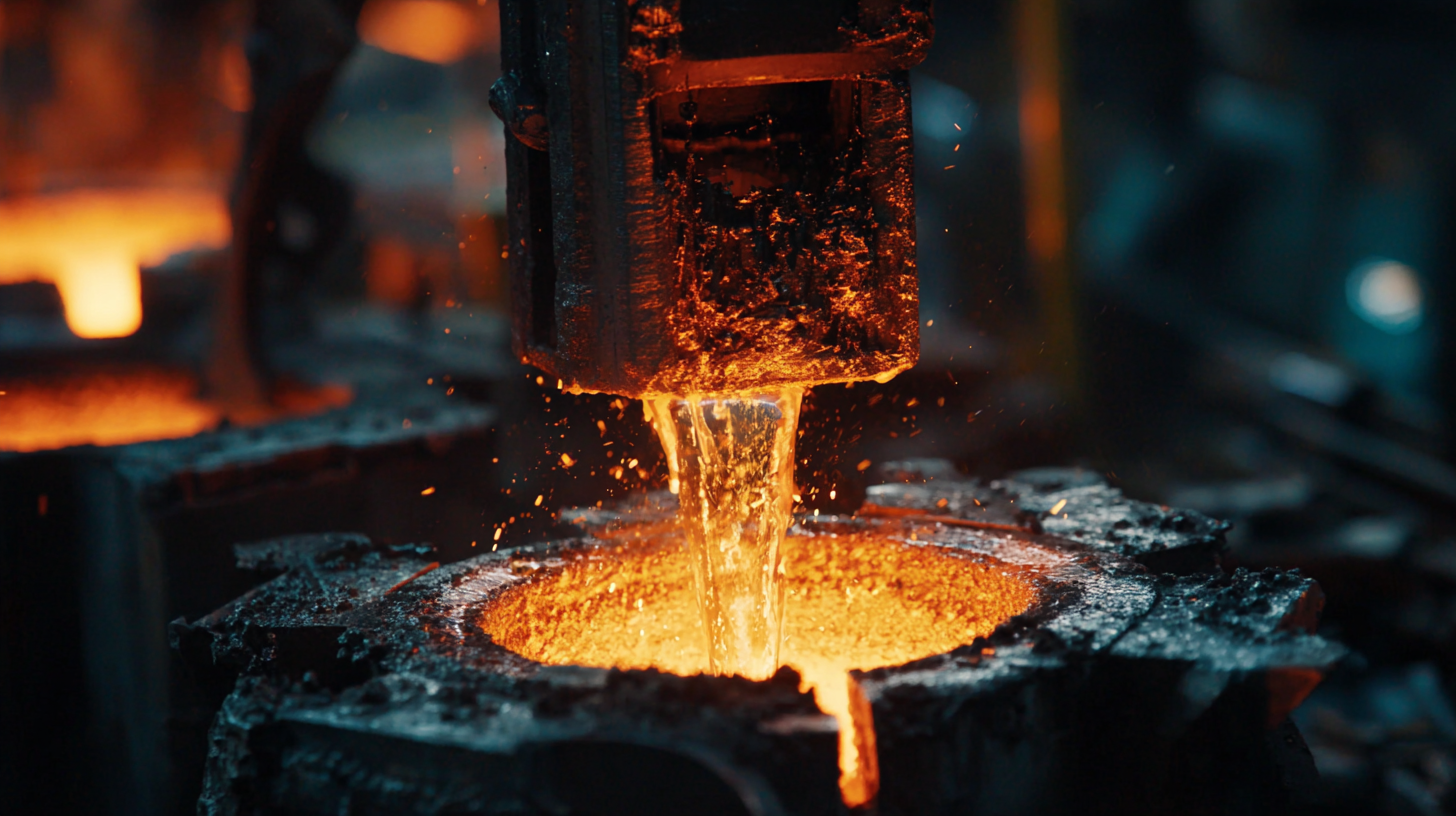 Tungsten Carbide Casting has rapidly emerged as a cornerstone in various industries, notably in manufacturing cutting tools and wear-resistant components. According to a report by Grand View Research, the global tungsten carbide market size is projected to reach USD 15.98 billion by 2025, underscoring the material's increasing demand. This significant rise can be attributed to its unique properties, including high hardness, excellent wear resistance, and the ability to withstand extreme temperatures. As industries evolve and seek innovative solutions, understanding the intricacies of Tungsten Carbide Casting techniques becomes crucial.
Tungsten Carbide Casting has rapidly emerged as a cornerstone in various industries, notably in manufacturing cutting tools and wear-resistant components. According to a report by Grand View Research, the global tungsten carbide market size is projected to reach USD 15.98 billion by 2025, underscoring the material's increasing demand. This significant rise can be attributed to its unique properties, including high hardness, excellent wear resistance, and the ability to withstand extreme temperatures. As industries evolve and seek innovative solutions, understanding the intricacies of Tungsten Carbide Casting techniques becomes crucial.
This ultimate guide aims to provide insights into various casting methods, industry applications, and best practices to maximize efficiency and performance, empowering professionals to leverage tungsten carbide effectively in their operations.
Tungsten carbide has emerged as a crucial material in modern manufacturing, largely due to its exceptional hardness and wear resistance. These properties make it an ideal choice for applications that demand durability and precision, such as cutting tools, industrial machinery, and aerospace components. By incorporating tungsten carbide into their processes, manufacturers can significantly extend the lifespan of their products while maintaining high standards of performance.
Tips for utilizing tungsten carbide effectively in manufacturing include ensuring proper machining techniques to avoid tool wear and optimizing settings for each specific application. It's also beneficial to conduct thorough material compatibility assessments to maximize the advantages of tungsten carbide and minimize potential problems during production. Exploring different casting techniques can help achieve desired shapes and enhance the material's performance in diverse environments.
Lastly, investing in high-quality tungsten carbide products is paramount. As the market evolves, understanding the nuances of various casting methods—such as liquid metal casting or powder metallurgy—can provide insights that lead to innovations in manufacturing. By staying informed about industry trends, manufacturers can better position themselves to leverage the unique benefits of tungsten carbide in their processes.
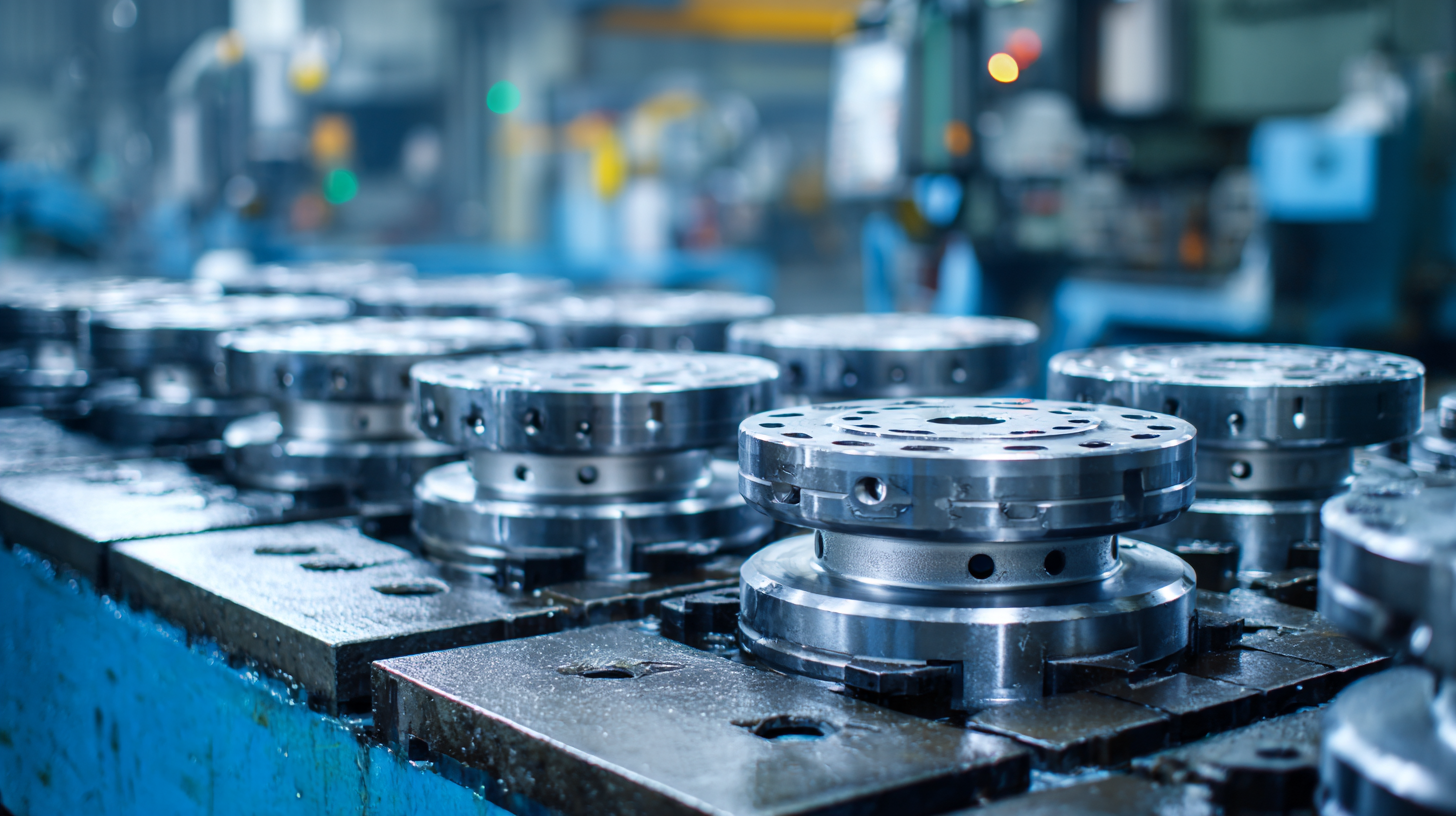
When it comes to tungsten carbide casting, understanding the key techniques is vital for both efficiency and quality. Among the predominant methods, liquid-phase sintering, pressure sintering, and cold isostatic pressing stand out. Each technique offers unique advantages tailored to specific applications. Liquid-phase sintering, for instance, utilizes a second liquid phase that enhances densification, resulting in parts with superior mechanical properties and wear resistance.
For those navigating this complex field, here are a few essential tips: First, always consider the material's thermal properties; high-quality tungsten carbide often incorporates additives to improve performance during the casting process. Secondly, the selection of a suitable binder is crucial; a well-chosen binder can optimize flow and minimize defects during cooling. Lastly, maintaining precise temperature control during casting is key to achieving consistent microstructures and ensuring uniformity in the final product.
As you delve deeper into tungsten carbide casting, remember that experimentation and process optimization can lead to breakthroughs in quality and efficiency. Embrace the iterative learning process and stay updated on industry advancements to maintain a competitive edge.
| Casting Technique | Material Properties | Advantages | Typical Applications | Production Cost |
|---|---|---|---|---|
| Investment Casting | High hardness, wear resistance | Excellent detail and surface finish | Aerospace, automotive components | High |
| Die Casting | Durability, high density | Fast production rates | Mass production of small parts | Medium |
| Sand Casting | Good thermal conductivity | Lower cost for large parts | Heavy machinery, arts | Low |
| Centrifugal Casting | High-density, seamless structure | Ideal for cylindrical shapes | Pipes, tubes, and casings | Medium |
The tungsten carbide market is experiencing significant growth, driven by increasing demand across various industries. Valued at approximately USD 21.20 billion in 2022, the market is projected to expand at a compound annual growth rate (CAGR) of 5.5% in the coming years. This growth is attributed to the wide applicability of tungsten carbide in sectors such as aerospace, manufacturing, and construction. Its robust properties, including high hardness and wear resistance, make it a preferred material for tools and components that require durability.
In addition to the overall market landscape, the carbide tools segment is poised for remarkable growth, with the United States market expected to grow at a CAGR of 7.2% from 2025 to 2035. This surge is primarily fueled by the escalating demand for precision and reliable tooling solutions in manufacturing processes. As industries innovate and evolve, the implications for tungsten carbide appear promising, suggesting that investment and advancements in this sector will continue to rise, reinforcing its critical role in modern manufacturing.
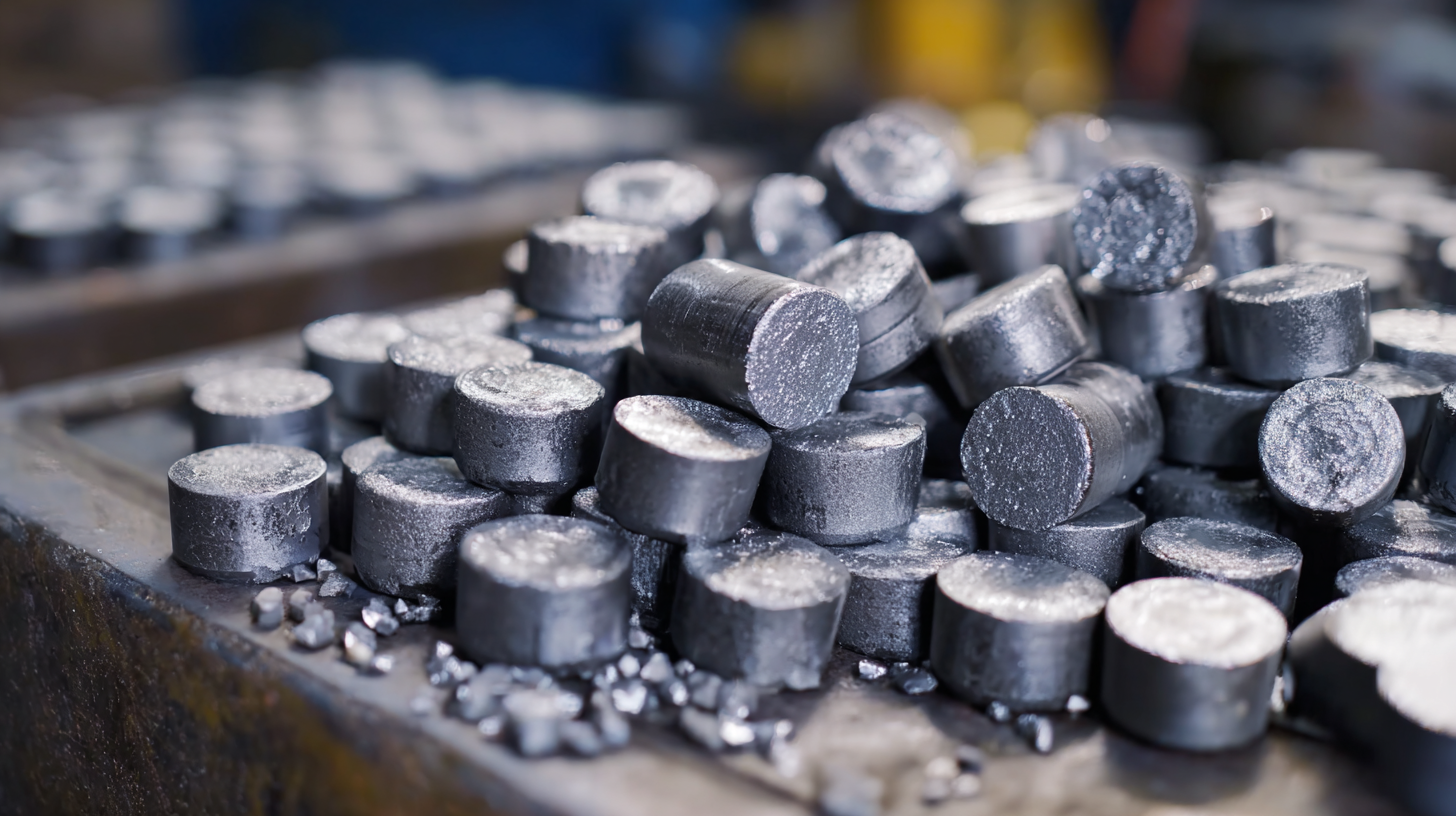
In today's competitive landscape, optimizing tungsten carbide casting production efficiency and quality is paramount for manufacturers looking to stay ahead. Recent advancements in manufacturing technologies, including the incorporation of advanced lubricating and cooling techniques, play a crucial role in enhancing both the machinability and surface integrity of tungsten carbide components. A significant study highlights that implementing minimum quantity lubrication (MQL) can reduce tool wear by up to 50%, thereby extending tool life and improving surface quality.
Additionally, a focus on lightweight composite structures has been transformative within the industry. By integrating lightweight materials into the casting process, manufacturers can reduce overall weight while maintaining strength and durability. This approach not only enhances the product performance but also contributes to energy efficiency in applications like aerospace and automotive sectors. Industry reports indicate that manufacturers utilizing these advanced techniques have seen a notable increase in production efficiency and a significant reduction in scrap rates, demonstrating the value of adopting modern practices in tungsten carbide casting.
Recent innovations in tungsten carbide casting have significantly enhanced the capabilities and efficiency of this crucial manufacturing process. One of the most notable advancements is the integration of additive manufacturing techniques alongside traditional casting methods. This hybrid approach allows for more intricate designs and reduces material waste, ultimately leading to cost-effective solutions and faster production times. Companies are increasingly adopting technologies like 3D printing for mold creation, enabling them to experiment with complex geometries that were previously challenging to achieve.
In addition to manufacturing techniques, the quality of tungsten carbide itself is evolving. The introduction of advanced composites is enhancing the hardness and wear resistance of tungsten carbide products. Researchers are experimenting with nano-scale additives to achieve superior performance characteristics, which can benefit industries like aerospace and mining where durability is paramount. The future outlook for tungsten carbide casting is promising, with ongoing research and development aimed at further improving material properties and production efficiencies, setting the stage for a new era in industrial applications.
